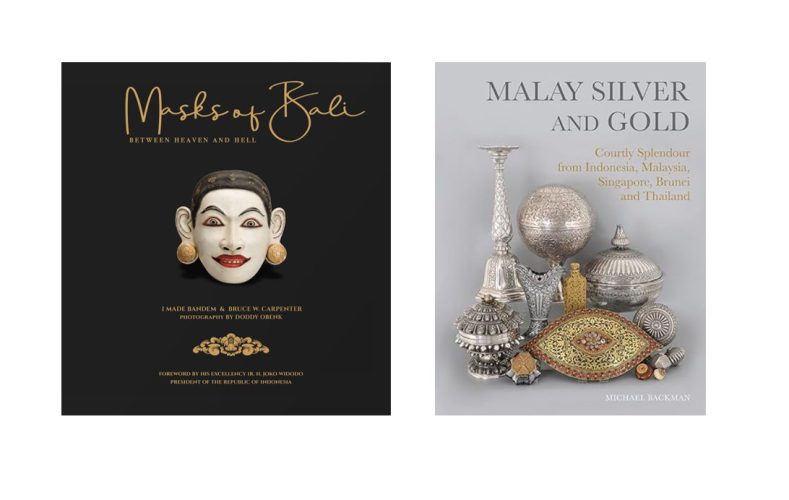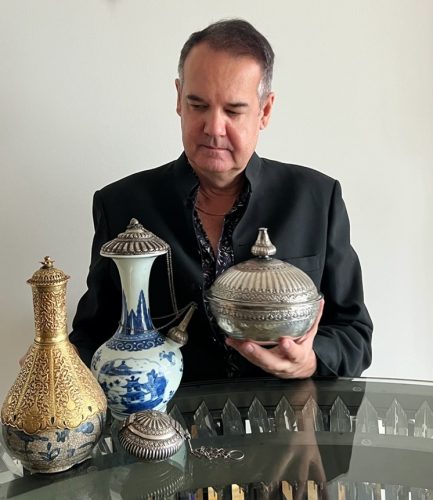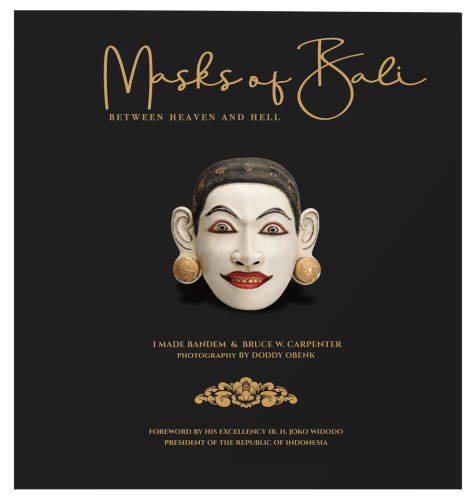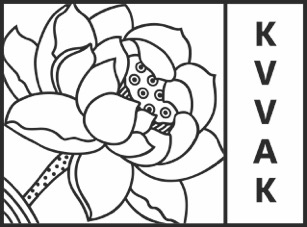
Lecture en Q&A: The Mask Dancing Tradition of Bali | Malay Silver and Gold- from Sumatra, the Malay Peninsula and Beyond: Time for a Reappraisal
The KVVAK cordially invites you to an afternoon with two lectures by Bruce Carpenter and Michael Backman, introduced by previous vice-chairman Renée Steenbergen, in the auditorium of the Rijksmuseum on Saturday, Nov. 9. Both lectures will be in English.
After the lecture of Bruce W. Carpenter there will be an opportunity for members to put masks of their own collection up to discussion during the digital handling-session. If you wish to participate, please let us know in advance via an email to secretariaat@kvvak.nl so we can alert the staff of the museum.
Malay Silver and Gold- from Sumatra, the Malay Peninsula and Beyond: Time for a Reappraisal
The presentation by Michael Backman coincides with the publication of his 300-page Malay Silver and Gold: Courtly Splendour from Indonesia, Malaysia, Thailand, Singapore and Brunei, the first book on this topic in more than 100 years. The presentation will explain who the Malays are; will provide an overview of the types of silver and gold items they produced; will reveal for the first time, types of goldware produced by the Malays that hitherto were believed to have been made by goldsmiths in Europe; and it will address the impact and the distortions of 19th century collecting on the output of the Malay smiths.

Michael Backman is an art historian, economist, writer & gallerist. He is the author of nine books that cover all aspects of Asia – from culture to politics & business, including the just-published Malay Silver and Gold: Courtly Splendour from Indonesia, Malaysia, Thailand, Singapore and Brunei, a political biography of a Malaysian politician, and Asian Eclipse, named by The Economist as one of its books of the year, and which was nominated by the then Thai prime minister as a book that ‘all Thais should read’. He has had regular newspaper columns in Australia and Singapore, and is the founder of an eponymous Asian antiques gallery in central London which has sold to more than 40 museums worldwide. He has lived and worked in Australia, France, Indonesia and now lives permanently in London.
The Mask Dancing Tradition of Bali

The lecture will provide an overview of the history of mask dances in Bali and explain the three main sources from which they derive – indigenous exorcist rites, esoteric Hindu-Buddhism and courtly literary-historical narratives, both of which are part of a great pan-Asian tradition. Using epigraphic and historical material dating back to the 9th century, 14th-century texts from the Majapahit Empire, and a selection of archaic masks dating back at least to the 16th century, the Gadjah Mada masks of Blahbatu and Wayang Wongong of Mas, Carpenter demonstrates that any assumption that Balinese art and culture is folkloric or late is false.
Bruce W. Carpenter also talks about the evolution of historical drama from the Majapahit courts to the Gelgel dynasty in the 16th century to today, with special attention to the development and spread of Topeng Panca from Topeng Pajegan. Using masks in private and museum collections, the dynamic role of well-known master mask makers and dancers in developing new variations – which suited the zeitgeist of the Balinese public – will be illustrated. The relationship between ritual, sacred and profane dances and masks is also discussed.
Final topics covered include Balinese mask collectors, tips on how to identify local styles, mask makers and age, ending with the story of how and why Masks of Bali came to be.
Bruce W. Carpenter is the author and co-author of more than 20 publications and numerous articles on Indonesian history, art and culture.
programme
- 14.00 hrs. Introduction by Renée Steenbergen
- 14.10 hrs. Lecture (in English) by Bruce W. Carpenter with Q&A
- 14.45 hrs. Handling of Balinese masks from KVVAK-members’ own collection
- 15.00 hrs. Short break
- 15.05 hrs. Lecture (in English) by Michael Backman with Q&A
- 16.00 hrs. Books sale and drinks in the Foyer
